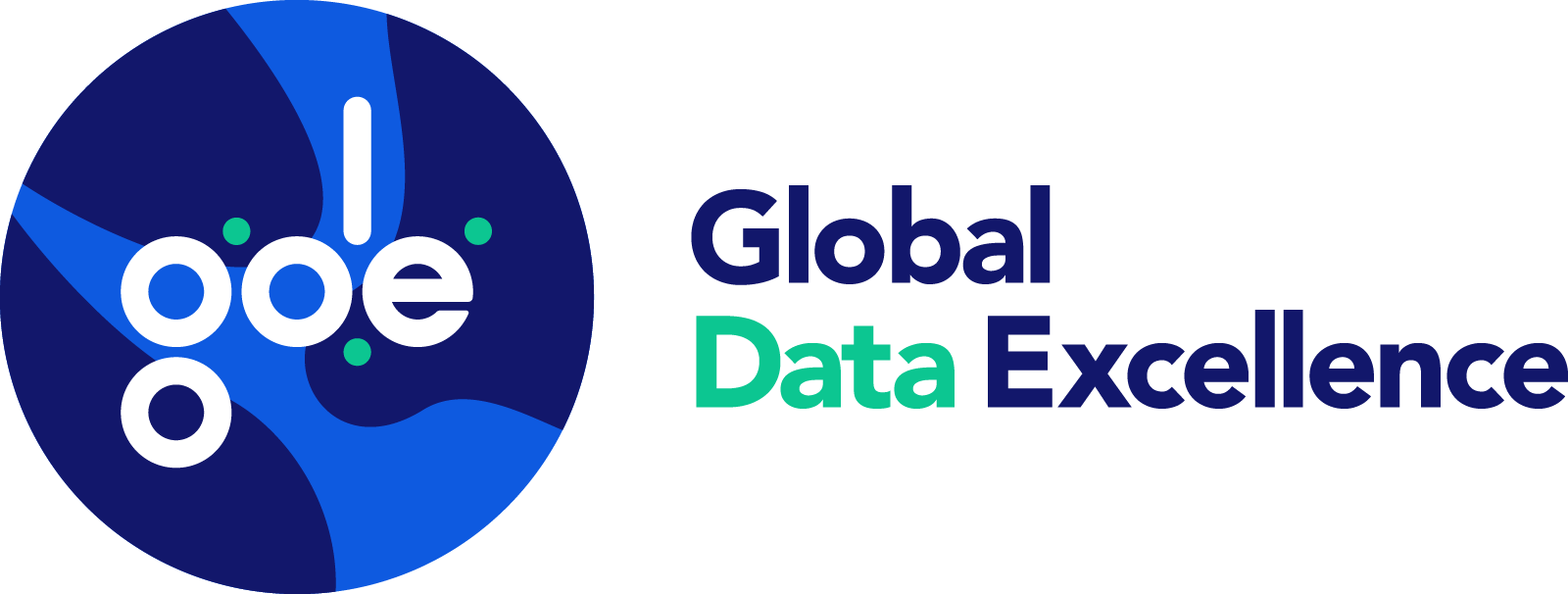
The European banking industry is one of the most regulated in the world with national, regional and international standards to maintain. The costs of non-compliance being swift and severe, banking industry executives pay close attention to dotting their regulatory i’s and crossing their regulatory i’s, and at the heart of all of this attention is data.
Banks use data to assess whether a customer should be extended a loan, the credit risk that a customer represents, the return on an investment, and the net value of all customer deposits and assets. Beyond regulatory burdens that banks face from rules like Know Your Customer (KYC), the data that banks gather about their customers is essential to making the right choices whether for their retail or their commercial activities. The modern industry is strongly committed to data driven decision making, but is their data optimized for the challenges they face?
Recently Global Data Excellence (GDE) partnered with a leading European bank with a large global footprint in both retail and commercial banking. After only a short period of training and certification by the GDE team, the bank was able to quickly identify returns on their investment in both GDE’s Data Excellence Management System (DEMS) and their own investment in data in two important areas.
Net Asset Value:
Putting Calculations into a Data Context
A banks net asset value, or NAV, is an essential data point just as it is for mutual funds, investment funds, and all public companies. The calculation of the bank’s NAV is relatively straightforward being simply the assets of the bank divided by the liabilities of the bank, and usually expressed with reference to the number of bank shares outstanding.
Yet this apparent simplicity belies the complex reality of determining the NAV of a bank with a global footprint. While the number of shares issued is easy to track, the assets and liabilities at any point in time can prove difficult to determine with accuracy. Indeed, in the case of the large bank that came to GDE in search of a return on their data investment, it quickly became clear that their NAV calculations were not drawing on all of the bank’s relative data.
After connecting to the bank’s databases, it took only 8 days for DEMS to provide a key insight into the bank’s NAV calculation. Most surprising of all was the fact that only 11% of the bank’s data was accessible to the NAV calculations with the remaining 89% of data locked up or siloed out of reach. The vast majority of this data could be found in spreadsheets, laptops, and computers disconnected from the bank’s network. Not only out of reach of DEMS, all of this data was also out of the reach of the teams tasked with calculating an accurate NAV.
For the bank this pointed to a problem not only in their calculations but a wider issue of data governance. Armed with these results, senior management began to use DEMS to guide their efforts to establish a better framework with which to improve governance and more accurately calculate the bank’s NAV.
Global Risk Indicators:
Knowing Your Customer and Measuring Risk
All banks are required to know who is banking with them. The regulations that govern this knowledge are known as Know Your Customer (KYC) rules and depending on the region of the world where the bank is doing business, will vary to meet local standards.
For a bank with a global footprint, it can be difficult to ensure that KYC rules are being followed. With the bank relying on local branches to gather relevant and required KYC details for every customer, it is inevitable that there will be times when something slips through the cracks. For the bank, such customers represent a risk should there be a regulatory review but also a general risk of losses from a customer that might not meet the criteria for responsible lending.
On adopting DEMS, the bank decided to investigate the risks associated with divergences from existing KYC regulations. This was a significant challenge for the bank as they needed to extract data and learning from a combination of different legacy systems located in regional offices worldwide. Not only where these systems different, they were dislocated, disconnected, and subject to different regulatory demands. With DEMS, though, connecting all of these disparate systems was simple and insights could be extracted rapidly.
Adopting a Global Risk Management (GRM) perspective, the bank identified thousands of accounts that did not comply with KYC regulations, and they were able to assess the risk posed by the totality of these non-compliant accounts. In total the bank identified 70 locations with a total of 80,000 accounts representing multiple billions of dollars that fell outside of KYC regulations and thus represented a risk to the bank.
As with the NAV insights gained through the use of DEMS, the bank was not only able to take action on the risk that the accounts represented to the bank but also make some targeted changes to their data governance practices in order to avoid future problems.
The Power of DEMS: A Solution for the Most Important Data Problems
No matter the data problem that the bank faced, DEMS brought the evidence-based and value-driven perspective that executives and decision makers need to address their biggest problems. Thanks to DEMS, bank management teams have the opportunity to quickly and efficiently identify where value is being added to the bank and how that value is being generated. In addition, by highlighting problems in the existing data structures in bank systems, DEMS helps management to comply with evolving guidelines from regulators from FINMA, MiFID, or regional rules such as GDPR.
Different to a machine learning approach, DEMS does not need to be trained on structured patterns in historical data. While perfectly fine for simple predictions such as likely product sales in the week ahead or stocks of replacement products for a supermarket based on seasonal variations, its significantly hampered by its unstated assumption that the future will largely resemble the past. Should the future be different to the past – and a year of pandemic-driven economic shifts proves surprises are always around the corner – machine learning models will be of little value.
DEMS, though, brings a cognitive approach to data. It connects with disparate data sources across the entire bank no matter where they happen to be located and no matter the modern or legacy systems where the data resides. DEMS can ingest data in any language and mobilize this data on a single web-based application available to all. In only a fraction of the time that a machine learning model would need to be trained on even a single dataset, DEMS can drive value-based decisions that have a direct and measurable impact on the bank and its business.
Call to Action: Go Deeper!
Want to dive deeper into the rapid results that DEMS has provided to its banking industry clients? Download our new Customer Success Report and read how leveraging DEMS’ cognitive technology helps banks to get compliant, automate, and win!
Customer success report
Send download link to:
Global Data Excellence News
Dr. Walid el Abed at S3C 2025: Data Sovereignty, Ethical AI, and Digital Governance
We are pleased to share the presentation by Dr. Walid el Abed, Founder and CEO of Global Data Excellence, at the S3C 2025 Summit – a major event...
Global Data Excellence and The Higher Committee of Human Fraternity Unite to Drive Ethical AI and Human-Centered Technology for Global Good
For immediate release Geneva, Switzerland – May 23, 2025 – Global Data Excellence (GDE) and The Higher Committee of Human Fraternity have entered...
GLOBAL DATA EXCELLENCE CELEBRATES DATA INDEPENDENCE DAY WITH THE LAUNCH OF DEMS FOR ALL
Press Release: For Immediate Release Geneva, Switzerland – September 18, 2024 – In a historic announcement, following Dr. Walid el Abed's...

Global Data Excellence (GDE)
Route de la Galaise 34
CH - 1228 Plan-les-Ouates


© 2024 Global Data Excellence | All Rights reserved | DEMS Support Platform | Website realised by Swiss House of Brands




Recent Comments